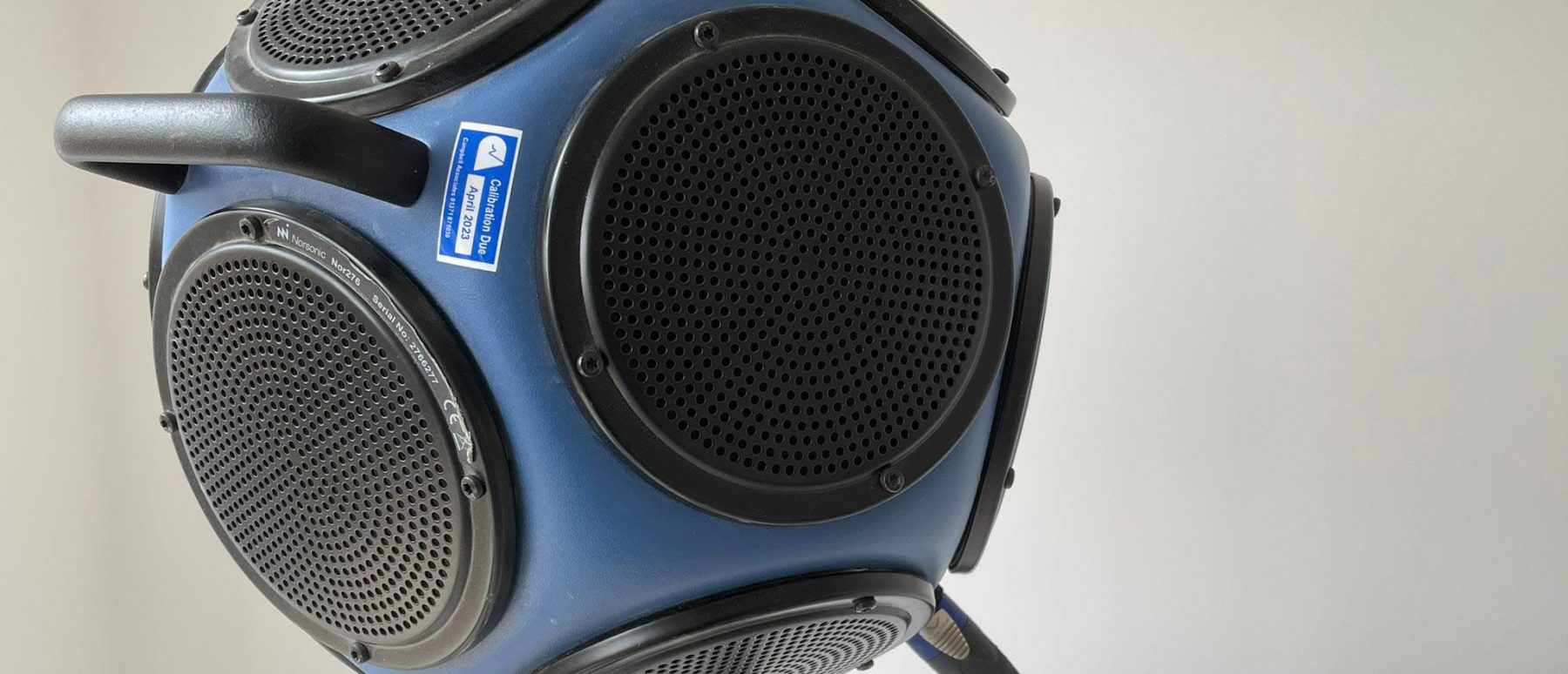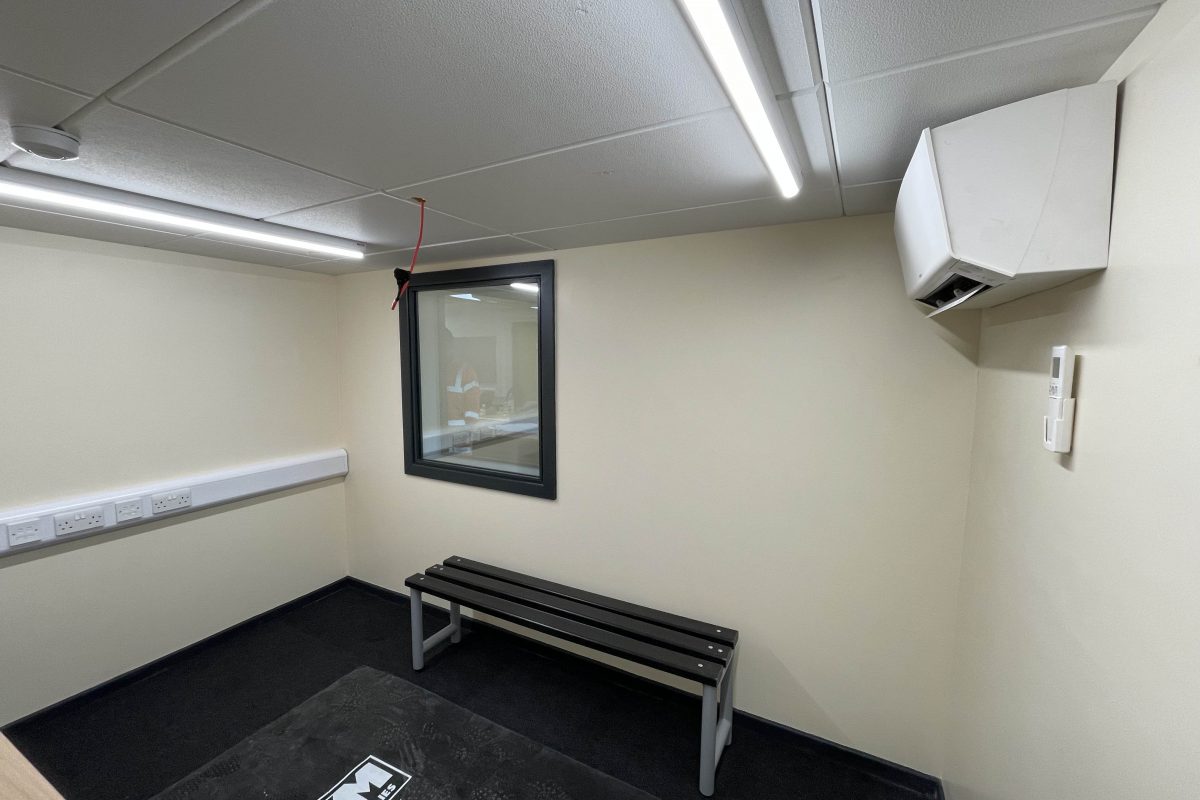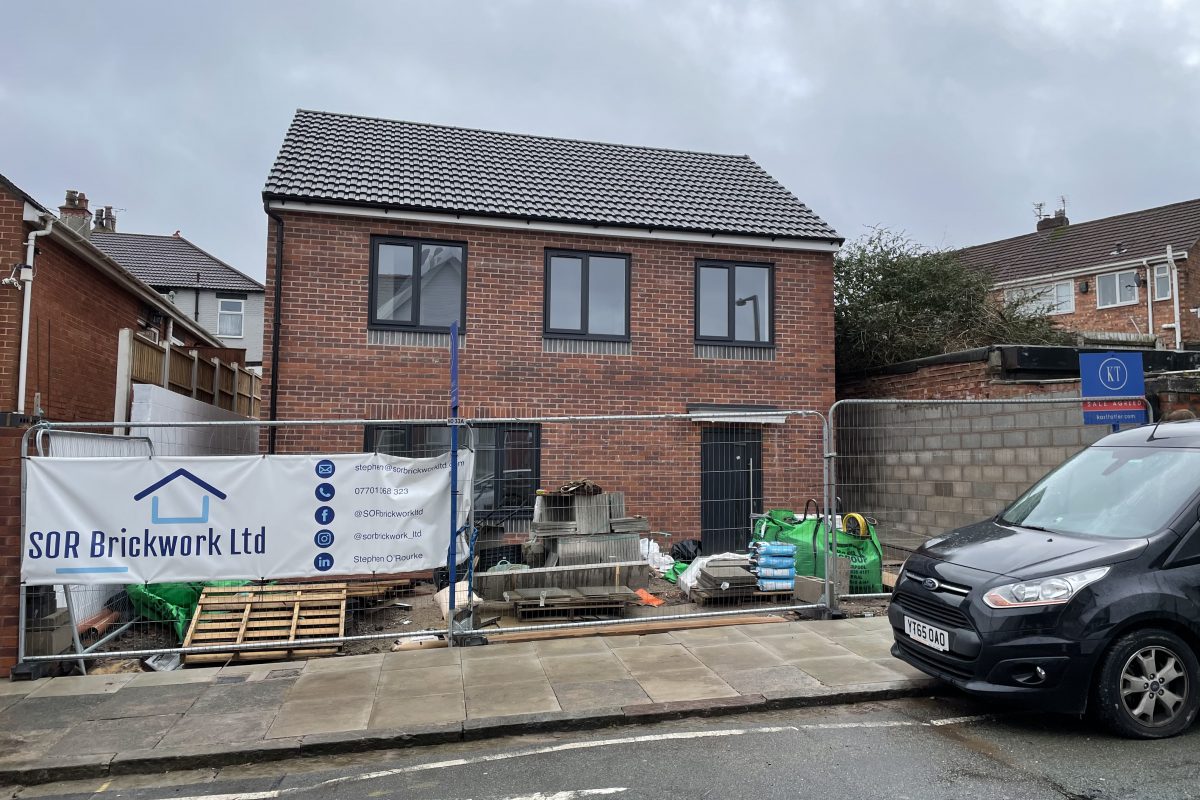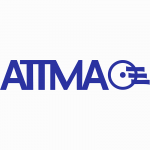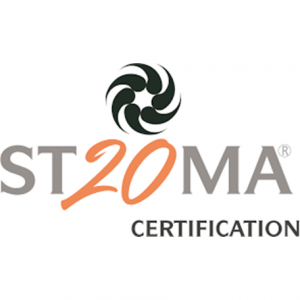What is a sound insulations test?
Airborne test – The airborne test measures the resistance to the passage of airborne sound through a separating wall or floor. It is conducted using a high-power multidirectional loudspeaker creating a steady sound level. A microphone is then used to measure the difference in this sound level between the source room ( the room with the speaker in) and the receiver room ( the room adjacent, below or above the source room). The results for the airborne test are given in Dntw+ctr, for comparison with the performance standards with Building Regulations Document E 2003.
Impact Test – The impact test measures the resistance to the passage of impact sound, using a tapping machine, which is small machine containing 5 weights. Placed on the floor, these weights are then allowed to drop onto the floor. The sound level is then measured using a sound level meter in the room below the tapping machine. The results are given in Lntw, for comparison with the performance standards with Building Regulations Document E 2003.
How many Tests are required?
A sound insulation test set is carried out for every 10 dwellings, assuming the separating constructions are of the same construction detail. If there is variation in construction detail more test will be required.
As an example, for every 10 semi/terrace houses of the same construction detail, one set of airborne wall tests is required, which would be 2No. airborne wall tests.
As an example, for every 10 flats, one set of airborne wall and floor tests are required along with one set of impact floor tests. This would result in 2No. airborne wall tests, 2no. airborne floor tests and 2No. impact floor tests.
The Performance Standards of Building Regulations Document E 2003.
Purpose built dwelling houses and flats
- Separating walls and floors: airborne Dntw+ctr = 45db or higher
- Separating floors: impact Lntw = 62db or lower
Dwelling-houses and flats formed by material change of use (conversions)
- Separating walls and floors: airborne Dntw+ctr = 43db or higher
- Separating floors: impact Lntw = 64db or lower
Purpose built rooms for residential purposes
- Separating walls: airborne dntw+ctr = 43db or higher
- Separating floors: airborne dntw+ctr = 45db or higher
- Separating floors: impact Lntw = 62db or lower
Rooms for residential purposes formed by material change of use
- Separating walls and floors: airborne Dntw+ctr = 43db or higher
- Separating floors: impact Lntw = 64db or lower
Other Documents requiring Sound Insulation Testing
Sound insulation testing is required to demonstrate acoustic performance in many different situations for privacy in office, schools and hospitals for example. Example documents with requirements are BB93, HTM 08-01 and BREEAM which will refer to different criteria depending upon the different building assessment type. Sound insulation testing can also be used for product and system development.
Reports
Reports are normally available within 7-10 working days, however if you are under a tight schedule, we can help. We can offer a fast track report service, consisting of an email PDF copy of the full sound test report in under 48 hours from the time of testing.
Test Results
If your test passes –A full report with certificates will be sent to you via email.
If your test fails – If you have a test failure we are here to help, with senior consultants on hand to provide desktop studies of the information available. They will provide guidance on the most likely causes of the failure, and the options on the methods available to achieve a pass test result.
In certain situations, the senior consultant may recommend a site visit is required, as for example there may not be enough information available to the consultant, or the situation may be complex in nature.
If a site survey is conducted some destructive work maybe required to assess the situation, such as ‘opening up ceilings and walls’. Site labour should always be on hand during the survey in order for the engineer to gain all the necessary information, and provide the best route forward.
Quotations
We are able to provide verbal quotes based upon site descriptions, however exact test quantities can be calculated if the full drawings are either sent, or emailed to our office. Please see our contact details, to obtain the quotation.
Nationwide service
We offer a Nationwide service for sound insulation testing.
Reasons for using Howell Acoustics for Sound Testing
- ANC Accredited Testing
- Fast Turn Around – potentially same day if local
- Consultants testing not junior engineers.
- Expert advice for test failures if required.
- Expert Advice
- Great Customer Service
- Competitive Pricing
- Members of the Institute of Acoustics
- Acoustic consultancy and design advice is also available


